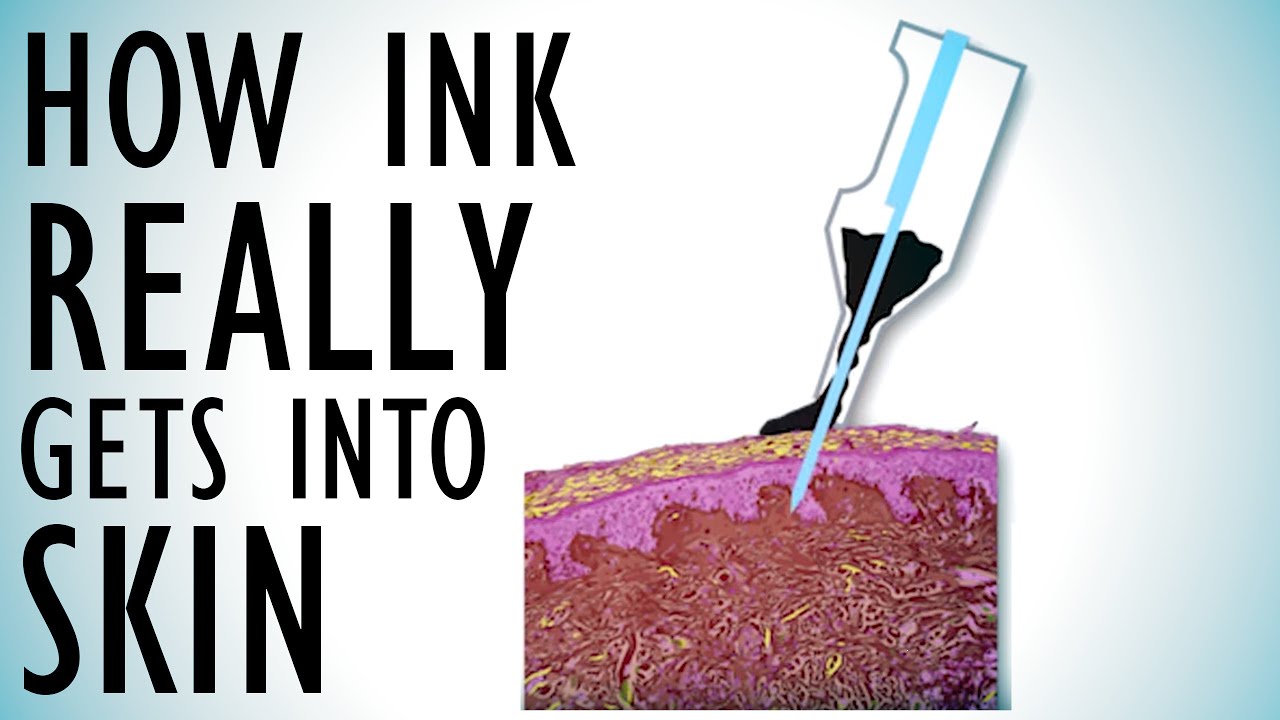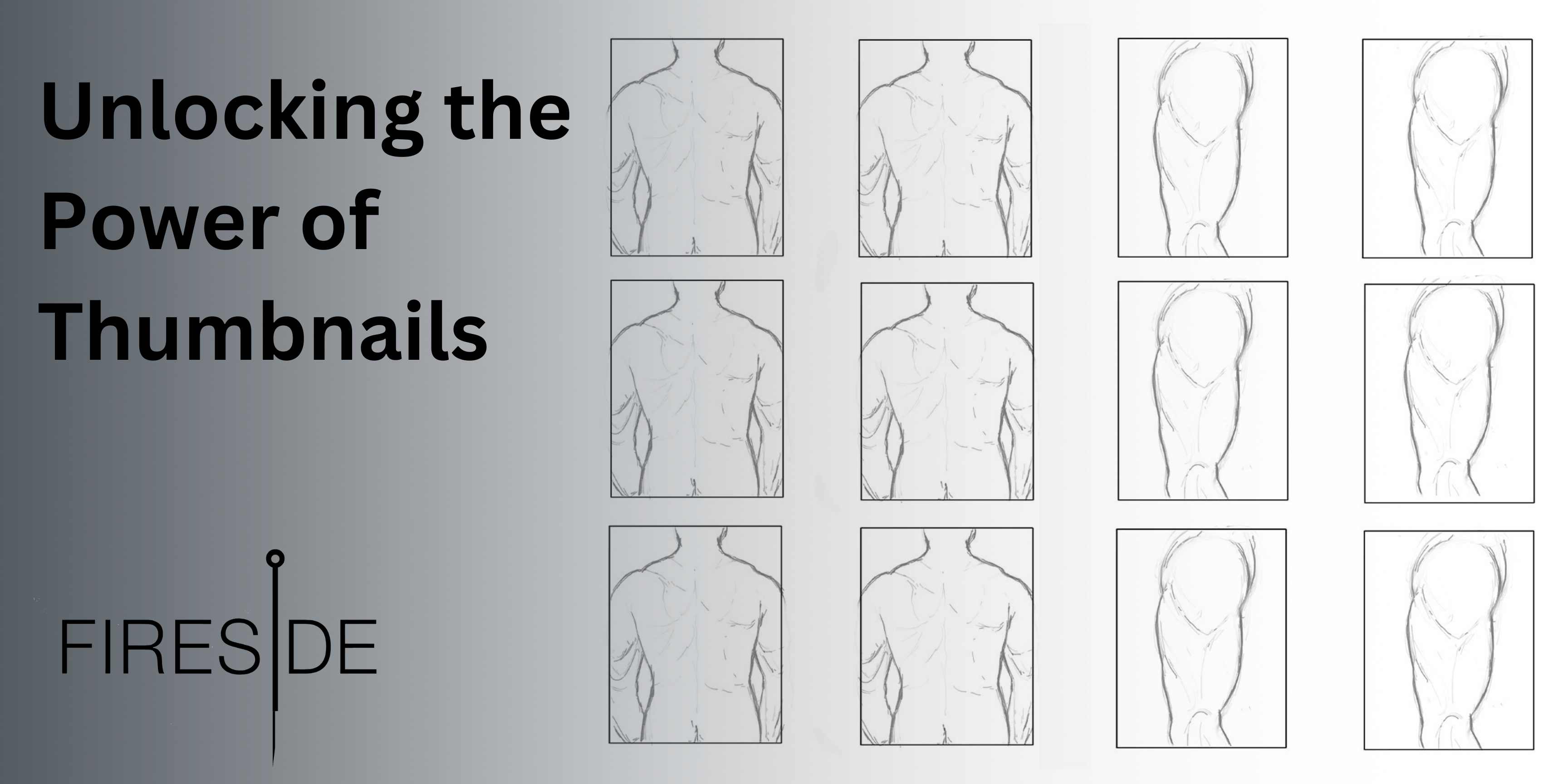Tattoo Science: How Ink REALLY Gets Into Skin Tattoo Physics Part 1 Tattoo Overview Episode 8

How Ink REALLY Gets Into Skin! Tattoo Physics Part 1 | Tattoo Overview | Episode 8
Interview By Jake Meeks —
Writing by Daniel Pushcarich —
Topics: Tattoo healing process, Tattoo Ointment,Tattoo Saturation, Skin Trauma, Silicone Based Tattoo Ointment, Tattoo Safety, Skin Healing, Tattoo Healing Cream
This episode was made possible thanks to:
Why should we care about The Tattoo Healing Process?
“ …Our goal as tattooers is to get the greatest saturation in the skin, with the least amount of trauma to the skin…”
-Jake Meeks
When it comes to tattoos, one of the things we want to ensure is that the ink gets into the skin as efficiently as possible. After all, our goal is to create beautiful art that will last a lifetime – and that means making sure the ink stays put.
Ointment, Ink Saturation, and Vacuums!?
"If you can picture walking through a muddy field in boots and when you step, you're creating indentations or holes in the soft ground, you're not really pressing water down into that hole. Whenever you lift your foot out, you've left a hole. Then water rushes into the hole that you created."
-Jake Meeks
There are a few things that affect how well a tattoo needle will penetrate the skin, including the type of ointment used, the lubricant base, and the tattoo machine being used. Let's take a closer look at one of these factors to see how it can impact your tattoo healing.

The first thing to consider is the type of ointment. Petroleum-based ointments, for example, have a lot of friction and can cause the needle to drag. Although products like vitamin A&D ointment or Vaseline have been an industry standard, they are probably not ideal for tattooing.
Maybe try Silicone Tattoo Ointments?
“Make the skin as soft as possible, and make the skin, across a number of clients, as consistent as possible”
-Shawn Bellina, S8 Chemist
Silicone ointments are much slicker and will help the needle glide through the skin more easily. They also tend not to stick to any kind of fibers and tote very high melting point which creates a durable barrier that wears down more slowly than say a sticky petroleum based or wax based ointment that clings to your paper towel.
Look on product labels for things like:
- Cyclomethicone
- Dimethicone
Pretty Much anything with -cone at the end of it in an ointment or tattoo cream.
![]()
Healing Factor
Silicone also has a unique self-healing property. Because of its slipperiness, high melting point, and molecule size, as the needle retracts from the skin the perforation closes up more rapidly causing that barrier to form and lock in the ink and gives a much higher rate of saturation.
Because of this barrier the cells that would normally form to create a scar or a scab are prevented from sticking to the surface of the skin and are reabsorbed back into the body, which is optimal for color saturation and healing.
-Bonus Tip: Another thing to think about is making sure that it's non-comedogenic (meaning it won't clog pores) and hypoallergenic. You don't want to risk irritation or an allergic reaction, so it's best to play it safe.
There are a number of other factors that affect saturation and healing. The next parts in this series will touch on subjects like tattoo machines, tattoo needles, and skin tones among other important subjects.
Want more tattoo education and resources?
Check out our Tattoo Science & Technology catalog HERE!
Transcript for this video can be found (here). All transcripts can be found (Here)
(Update when transcript page is made)
The Fireside Tattoo Network is home to the Fireside podcast, Fireside Technique video series and our Fireside Weekly blog.
The Fireside Tattoo podcast is hosted by veteran tattooer Jake Meeks, check out our episodes where we discuss, argue and wax philosophical, from tips for all levels of artists to trends in the tattoo world. Many guest artists have sat down for interviews and in-depth conversations and many more are planned…check back often!
Our Fireside Tattoo Overview video series offers informative, short, and detailed videos geared towards helping artists understand the science and nuances of tattoos and make more informed decisions to improve their work. We often take some of our more technical topics from our Fireside podcast and film an in-depth, narrated, time-lapse video showing exactly how Jake or our featured artists handle certain issues.
Support us while buying the stuff you need at the links below!
- Get 10% off the Neuma 4 with code “Fireside” at checkout
https://neumatattoo.com - Get 10 % off all S8 Tattoo products with promo code “Fireside”
https://s8tattoo.com/ - TattooNOW Website and Automation services at the link below
https://TattooNOW.com/Fireside - Get 10% off your order from Raw Pigments with code “fireside”
https://rawpigments.co/
Tattoo Science
Our goal as tattooers is to get ink into skin as efficiently as possible while causing the least amount of skin trauma in the process.
By gaining a basic understanding of how ink actually gets into skin, we give ourselves a much better chance for success. The Fireside Tattoo Network has interviewed specialists in tattoo machines, ink, fluid dynamics, and tattoo physics to bring you the most comprehensive tattoo science and physics information available anywhere.
Check out these popular tattoo science and tech articles:
Still interested, want more? You can look at our podcast episodes HERE!
Recent News
Why Do We Care About Give? - Carson Hill
- 07/24/24
FLOW | Dave Koenig
- 06/28/24



